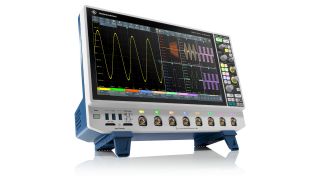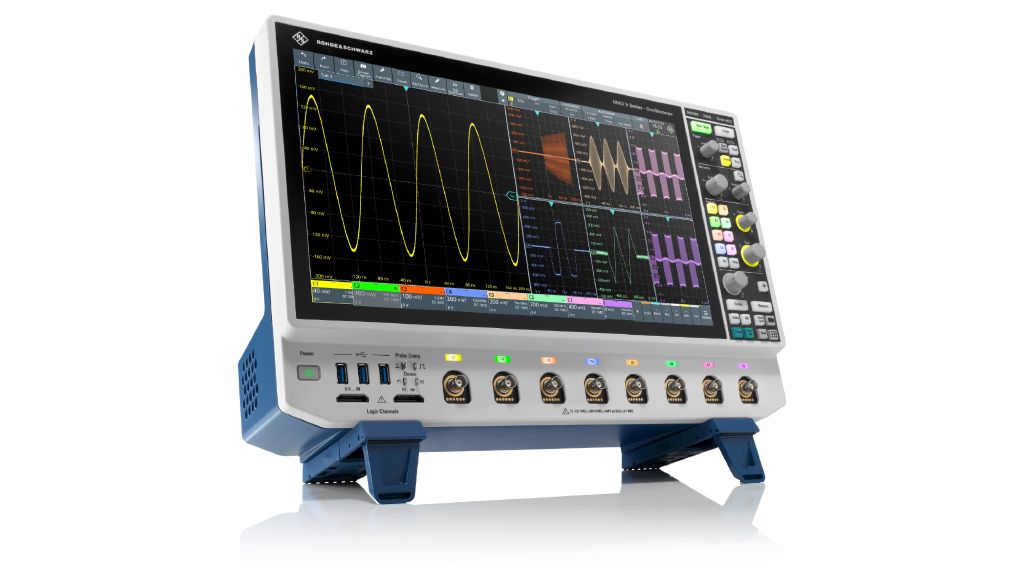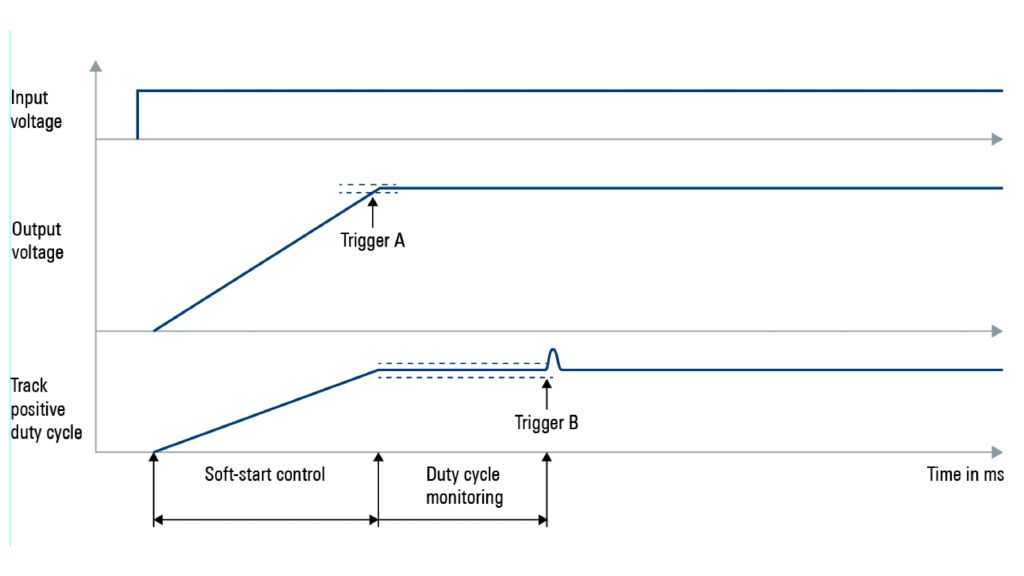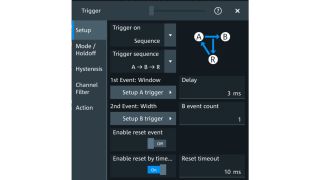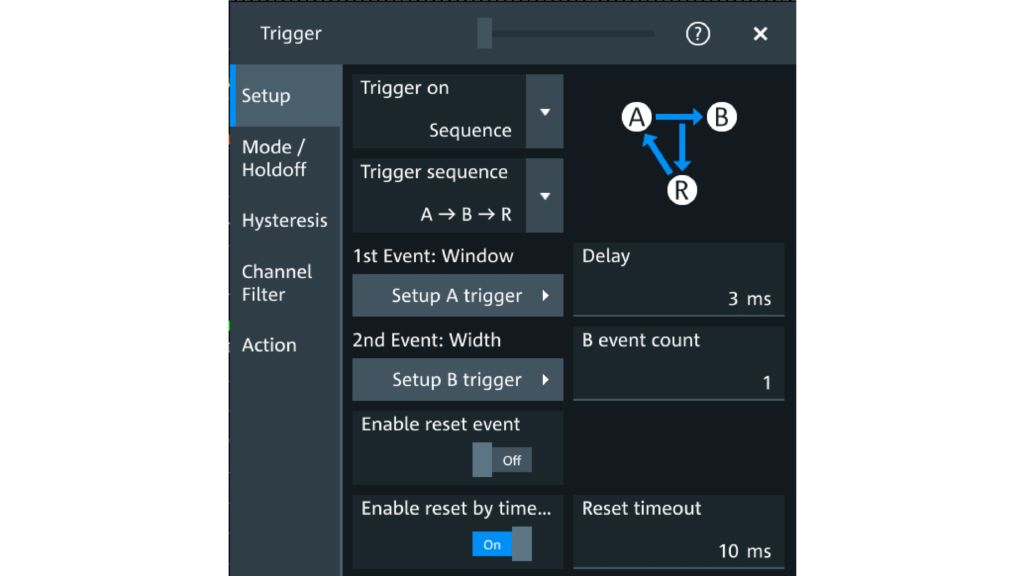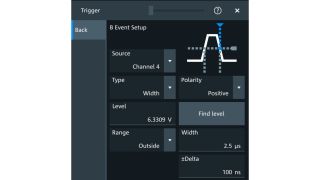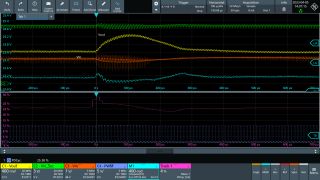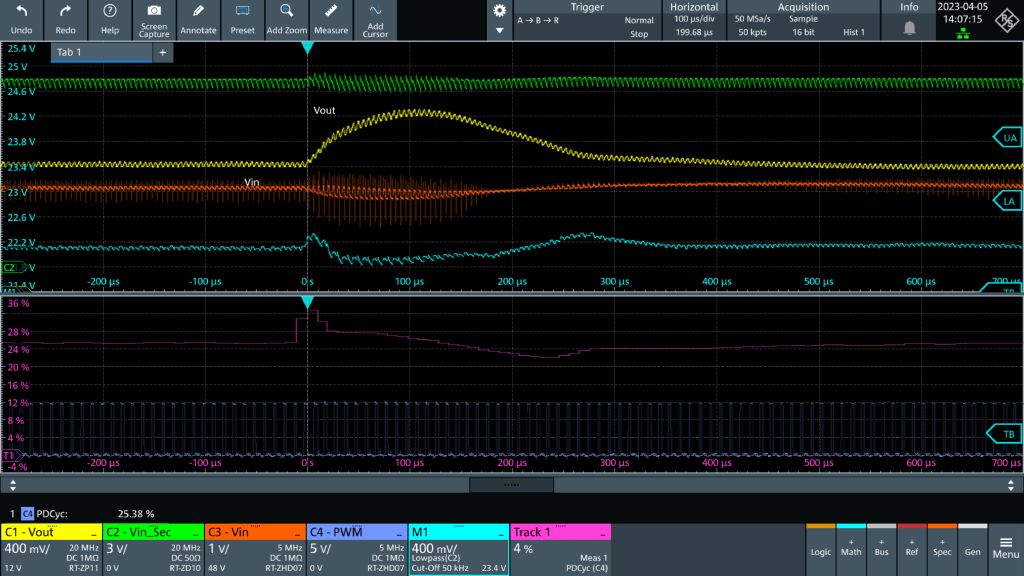Finding irregular effects in control loop design without compromise
Stable operation in all circumstances is essential for power converters. Different working conditions, such as load steps, startup/shutdown sequences and input voltage variation, apply to most converter types. In addition to the standard feedback control loop, integrated pulse width modulation (PWM) controllers provide extended functions, such as line feed-forward loop control and soft-start control. These extended control functions improve regulation for specific conditions. Such complex regulation systems require smart methods to ensure proper operation of the converter in all modes. For this task, extensive expertise and the right measurement tools are essential for identifying and locating unexpected events in the system.



